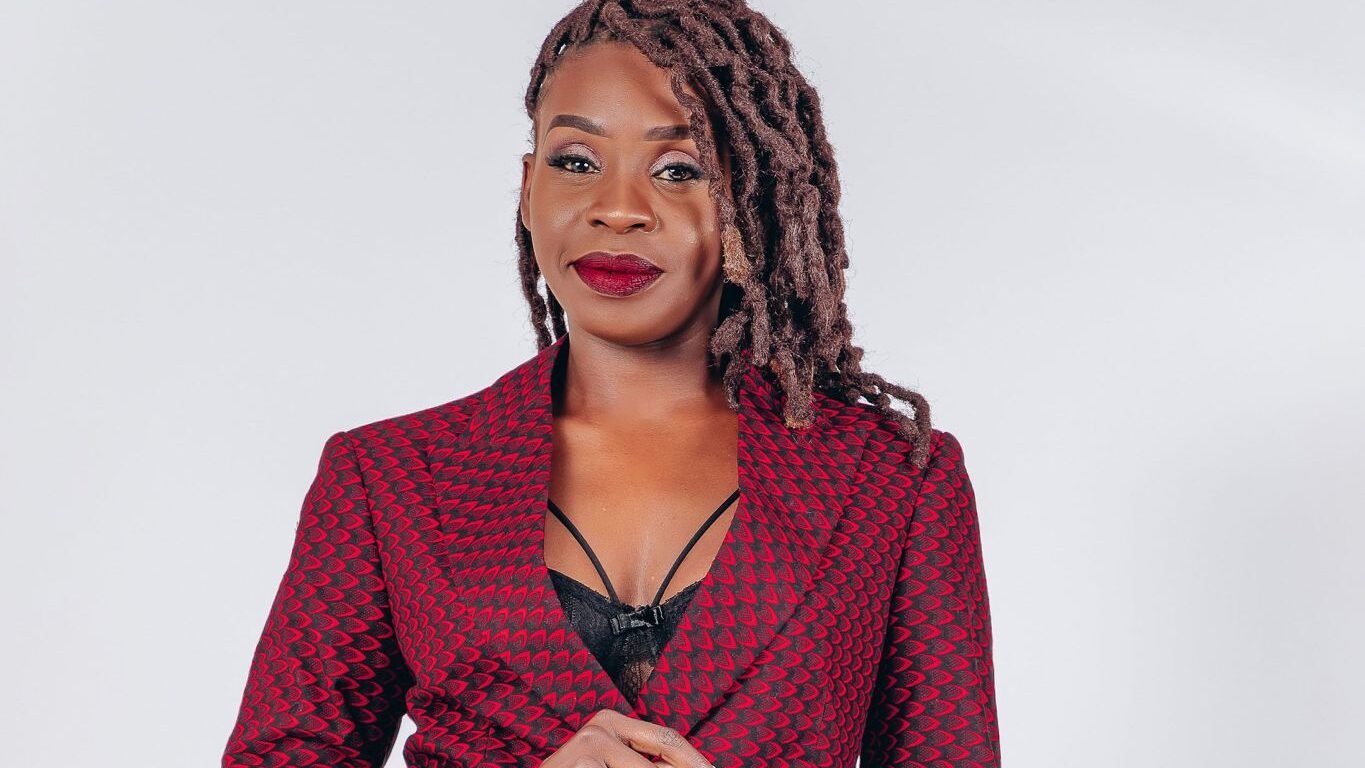Maasai
The Maasai Shuka is worn by the Maasai people of East Africa. The Maasai are a semi-nomadic people inhabiting northern, central and southern Kenya and are famous for their reputation as fearless warriors. The Maasai Shuka, along with colourful beaded necklaces and spears are the main identifying factors of the Maasai.
Typically red with black strips, although other colours do feature, the Shuka is known to be durable and thick, protecting the Maasai from harsh weather. There are many theories about the origins of the Maasai Shuka, including that the Shuka was brought by Scottish missionaries during the colonial era. For some, this explains the resemblance to Scottish plaid or tartan patterns.
Typically red with black strips, although other colours do feature, the Shuka is known to be durable and thick, protecting the Maasai from harsh weather. There are many theories about the origins of the Maasai Shuka, including that the Shuka was brought by Scottish missionaries during the colonial era. For some, this explains the resemblance to Scottish plaid or tartan patterns.
made in africa
Kikoy
Originating from the cultural exchange between Arab countries and the East Africans, Kikoy was originally worn by men because of the heat and humidity in the warm regions along the East African coast. It is the lightest fabric in the collection.
The kikoy is a rectangular woven cloth made from cotton with hand-rolled fringes. It is inspired by the bright and cheerful colours found in Swahili culture around the region. The original designs feature a main plain colour with stripy sides. This fabric is delicate and requires particular care and attention.
The kikoy is a rectangular woven cloth made from cotton with hand-rolled fringes. It is inspired by the bright and cheerful colours found in Swahili culture around the region. The original designs feature a main plain colour with stripy sides. This fabric is delicate and requires particular care and attention.
made in africa
Kitenge
Kitenge is an African wax print from East Africa. Originating from Indonesia, the wax printed fabric similar to the batik fabric prints of Indonesia, was brought to the Eastern coast of Africa by the Dutch after they learned about the Batik prints during their colonization of Indonesia.
Here they sold the fabric after not being successful in doing so back in the Netherlands. Kitenges are colorful featuring a variety of patterns and designs. They are often worn wrapped around the chest, head or waist by women.
Here they sold the fabric after not being successful in doing so back in the Netherlands. Kitenges are colorful featuring a variety of patterns and designs. They are often worn wrapped around the chest, head or waist by women.
made in africa
Elevate Your Wardrobe with Conscious Style: Redefining Sustainable Fashion
At The Wakilisha Collection, we believe that sustainability is more than just a buzzword; it's a commitment to making a positive impact on the planet and the people who inhabit it. Our fashion-forward collection is meticulously designed using eco-friendly materials, innovative manufacturing techniques, and fair trade practices. From ethically sourced fabrics to responsible production processes, every garment reflects our dedication to creating a more sustainable future.
Join us on this transformative fashion journey and embrace conscious style that celebrates both your individuality and the well-being of our planet. Together, let's redefine what sustainable fashion truly means.



